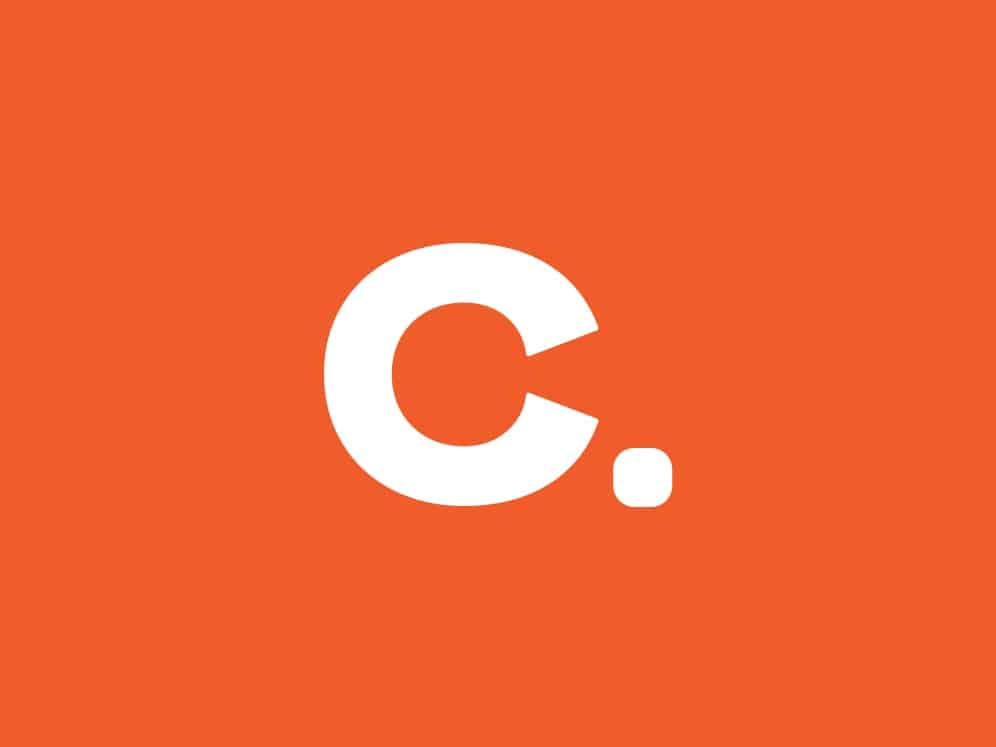If you’re an employer offering a fully-insured health plan, you know renewal season can be full of surprises – and not usually welcome ones. With no clear claims data to justify ever-rising rates, it may seem there’s little you can do to lower your premium, even if you believe your plan had good outcomes.
What if, this year, you broke the cycle? What if, instead of blindly accepting the rate increase, your company had actionable insights? What if, instead of choosing how to manage and shift costs, your company could choose options for reinvesting their plan savings?
After spending a lot of time in this business, I know where I’d start: by considering the move to a self-funded plan.
Summing up the switch
To put it simply, the key difference between a fully-insured and a self-funded health plan is who assumes the risk for paying claims. In a fully-insured plan, all premiums remain with the insurance carrier, whether they were paid out as claims or not, at the end of the plan year.
With a self-funded plan, a company pays all the medical and pharmacy claims for its covered employees (with protection for large claims). And because the company is paying the claims, it can account for every dollar, customize benefits and vendors, avoid state mandates and premium taxes and, in a better-than-expected claims year, reinvest savings.
It’s a bit like buying versus renting a home. When you rent, you write a check for the roof over your head and are forced to follow the landlord’s rules. In a buy scenario, you’re building equity. You may have good years (no leaks!) and bad years (a failing roof), but you make the house rules. You get the flexibility to reinvest in the home and create a custom space to grow and thrive and, over time, reap the financial rewards of ownership.
That’s the kind of promise self-funding holds in terms of controlling costs and customizing plans. But many employers don’t get far enough in the decision process to explore the upsides for a number of reasons, based in reality or not (more to come on that!). The four I hear the most are:
1. They think the risk is too substantial for the reward.
2. They don’t believe their company size is large enough for self-funding to make sense.
3. They don’t have the bandwidth or expertise to administer a health plan.
4. They find it less disruptive to just stick with what they know than face the unknown.
What IS reality? Premiums continue to skyrocket. Healthcare costs are going up. And if you have a small to mid-size business, you’re paying even more than large companies for the same health coverage.
Another reality – You have options; but it’s really important to separate fact from inaction surrounding these four misconceptions:
Perception 1: The risk outweighs any reward. Reality: Self-funding doesn’t have to be so risky.
It’s true, in a self-insured model, the employer assumes most of the financial risk in the plan. And that’s where many employers just stop the discussion. Unpredictability and the fear of catastrophic claims are a powerful deterrent, but they don’t reflect actual data around self-funding, which shows otherwise.
With tools like stop-loss insurance to blunt or offset most of the risk, self-funding has been shown to lower employers’ costs – often significantly – over time. And in a lower-claims year, the company gets to keep unspent dollars for other mission-critical business needs. Plus, self-funding gives companies transparency in claims data, which allows them to make better plan and financial decisions. With fully-insured plans, you forego flexibility and get what you get.
Perception 2: Our company isn’t large enough to self-fund. Reality: It’s not just for the big guys.
Self-funding has traditionally been seen in larger businesses, for various reasons. But that was then. Now, with record-breaking inflation, the Great Resignation and crushing health plan rate hikes, the flexibility, control and transparency of self-funding may be an ideal fit for small to mid-size businesses. That doesn’t make it the right choice for every business, but self-funding is worth exploring regardless of company size.
Perception 3: We don’t have the time or skills to administer a plan. Reality: You don’t have to do it all.
Companies may think they lack the time, resources and expertise to set up and administer a self-funded plan. This roadblock goes away, however, by partnering with an advisor and the right health plan or third-party plan administrator (TPA) who can process claims, build quality provider networks, support member inquiries and in general simplify the entire process for employers.
Perception 4: It’s less disruptive to just stick with what we know. Reality: Embracing the unknown may provide a new level of clarity and control.
It’s common for employers to start down the self-funding road but then take a U-turn for fear of the unknown. Change can be scary; keeping the status quo can feel comfortable. But you know what’s scarier? Getting a fully-insured rate hike with no data to back up why it’s gone up or where/when it might stop.
There’s nothing comforting about navigating healthcare costs in a fully-insured fog. There’s no safety in rate increases with no reasoning. It’s frustrating to realize there are massive price and quality differentials for the same services depending on the provider – with no clear lens into the numbers. A self-insured plan, however, offers that view into cost drivers and price points and can actually help employers gain control of health benefits expenses.
Face the facts
I already presented four assumptions keeping employers from self-funding, but since that’s just one opinion, I’ll sum up with four fact-based reasons to strongly consider the switch. With a self-funded plan:
- You pay for actual claims. In a fully-insured plan, your costs are fixed regardless of your employees’ claim history, and any end-of-plan-year excess remains with the insurer instead of your company.
- You have access to data to make informed decisions. With insight into claims history and flexibility in plan reserves, you decide how and where to direct company assets.
- You save on state premium taxes and avoid state-mandated benefits.
- You can customize your benefit plan design to meet employee needs via quality providers and programs while controlling, and even reducing, costs for both you AND your employees.
Personally, I believe all employers with 51 or more employees have a responsibility to evaluate the benefits of self-funding. Healthcare is likely one of the highest line-item costs in your budget and has a considerable impact on the health and financial wellness of your employees. If annual rate hikes mean rising deductibles and copays for workers and less cash for salaries, benefits and other business investments, it’s time to break the cycle and talk about self-funding.
Drew Burns is mid-market sales leader for Centivo.
For a deeper dive into the “health” of your current health plan, download Centivo’s free guide, “How Healthy is Your Health Plan?” It walks you through seven key areas for evaluating affordability, access and quality and offers a prescription for improving outcomes for employees’ health and wallets as well as your bottom line.

